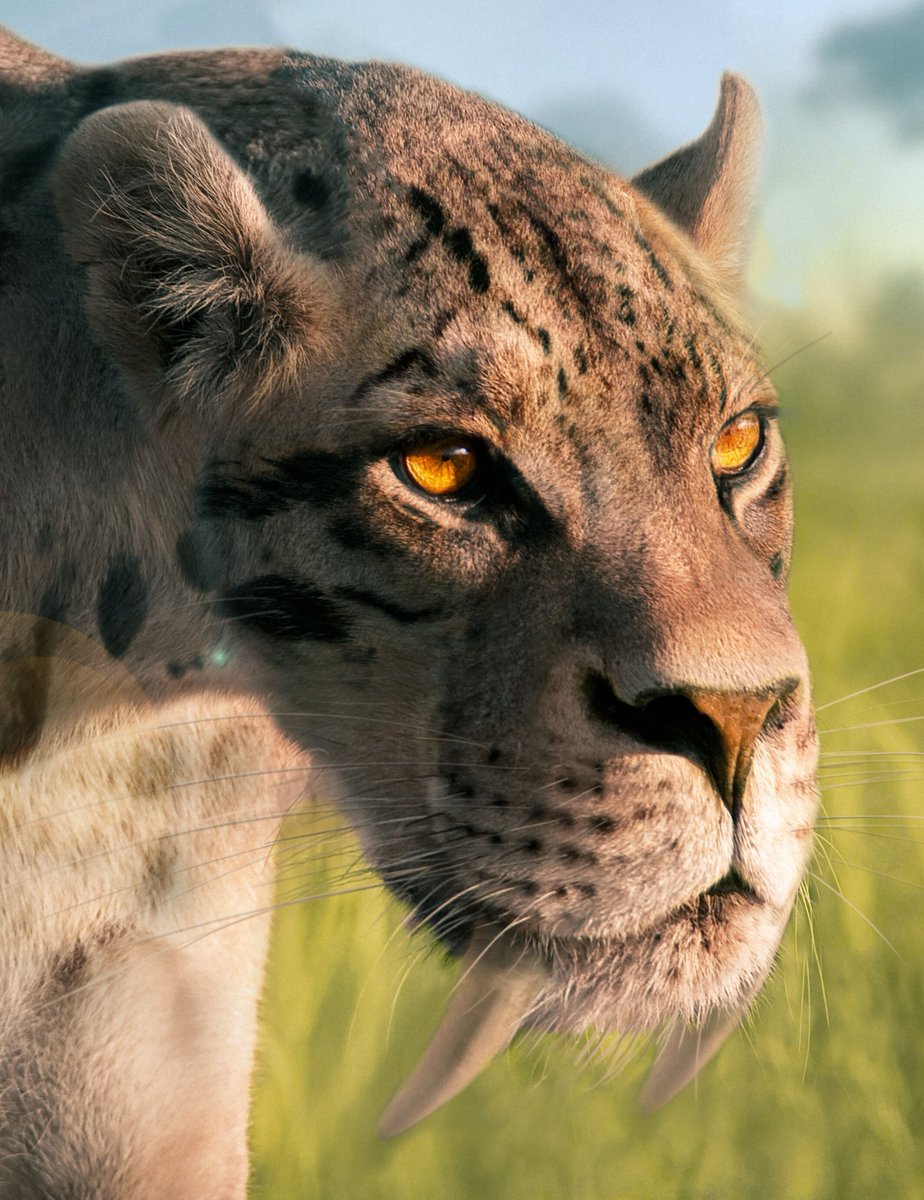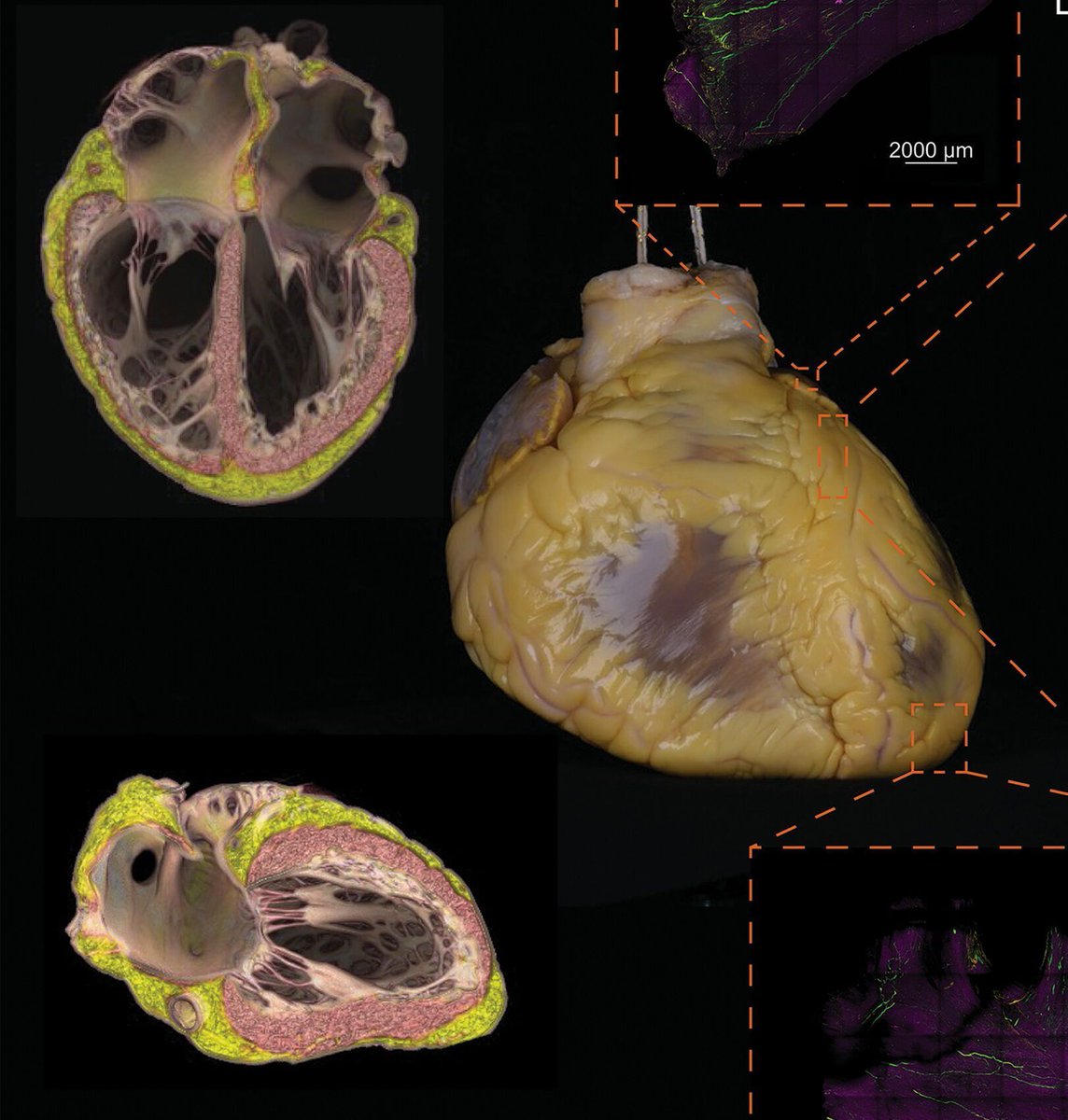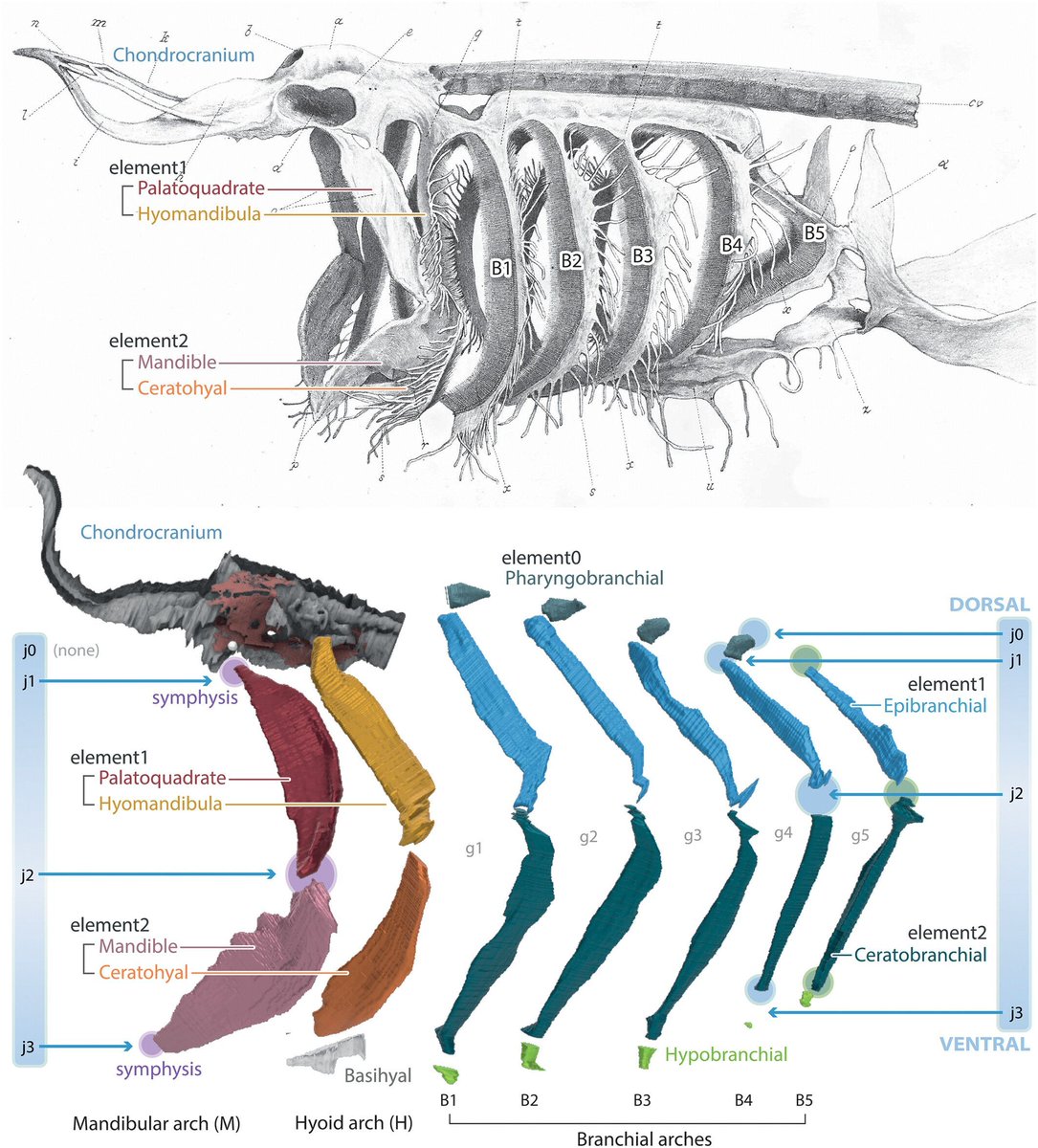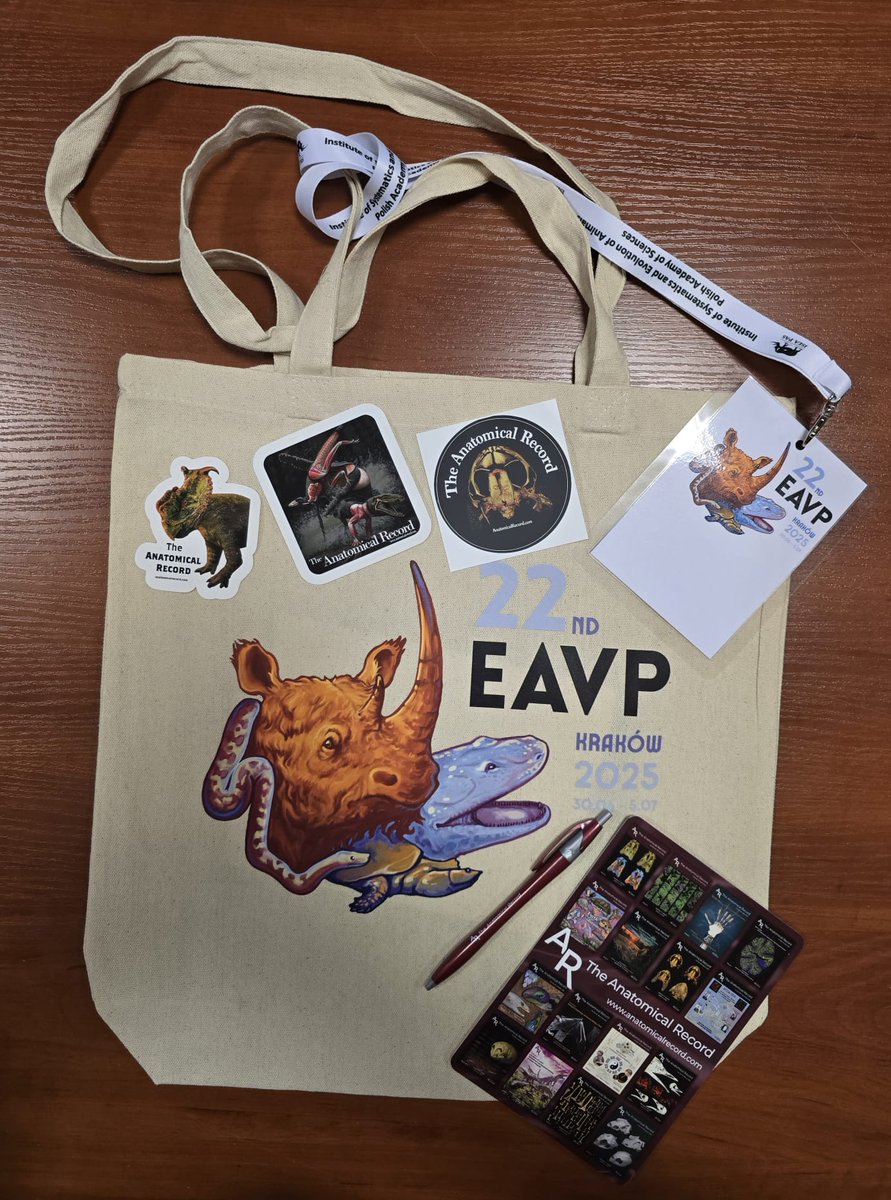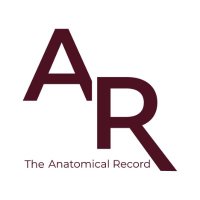
The Anatomical Record
@anatrecord
The Anatomical Record publishes new discoveries in morphological aspects of molecular, cellular, systems, and evolutionary biology. Official @AnatomyOrg journal
ID: 450801944
http://www.wileyonlinelibrary.com/ar 30-12-2011 17:37:49
1,1K Tweet
2,2K Followers
150 Following




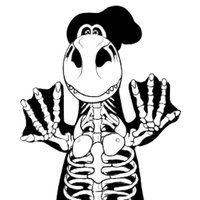
Homenaje al profesor Emiliano Jiménez Fuentes y presentación del volumen especial de The Anatomical Record esta tarde a las 18h. en la Santiago Martín de la Facultad de Ciencias USAL
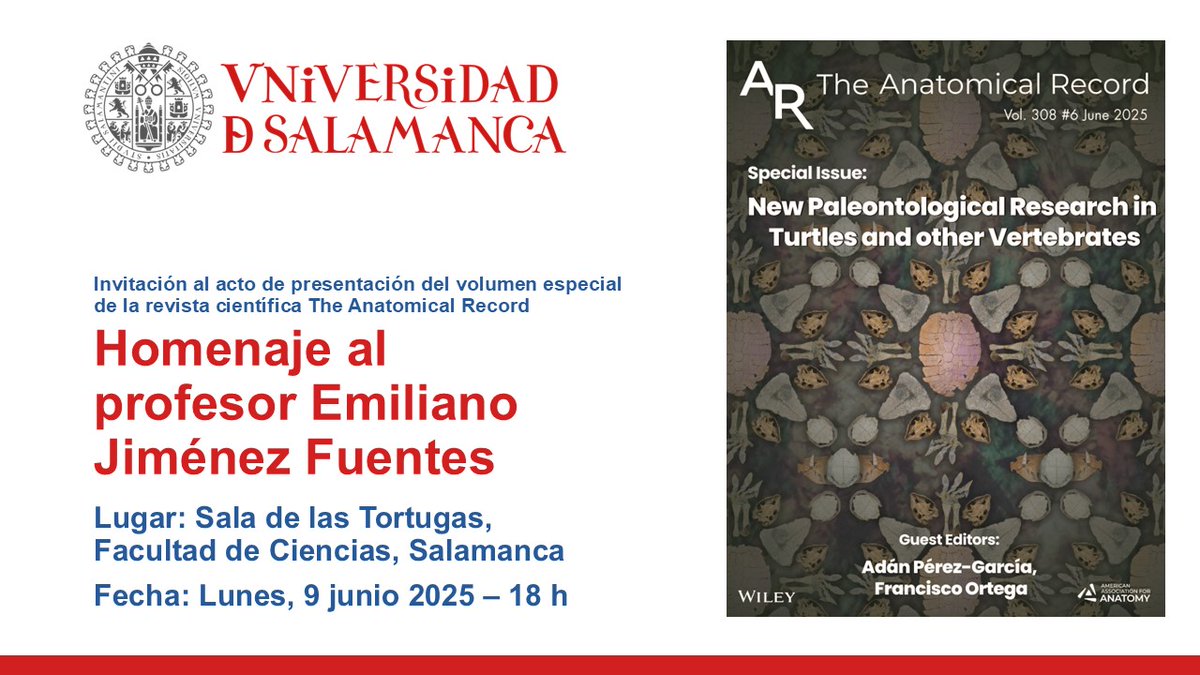


Aquí con unos amigos presentando en la Sala de las Tortugas de la Universidad de Salamanca el Volumen homenaje a Emiliano Jiménez en The Anatomical Record




Announcing a new Special Issue that dives deep into cartilage’s central role in craniofacial growth—from forming the chondrocranium to guiding facial morphogenesis. Cartilage isn't just a template—it shapes, persists & directs Edited by T Smith & V DeLeon anatomypubs.onlinelibrary.wiley.com/toc/19328494/2…
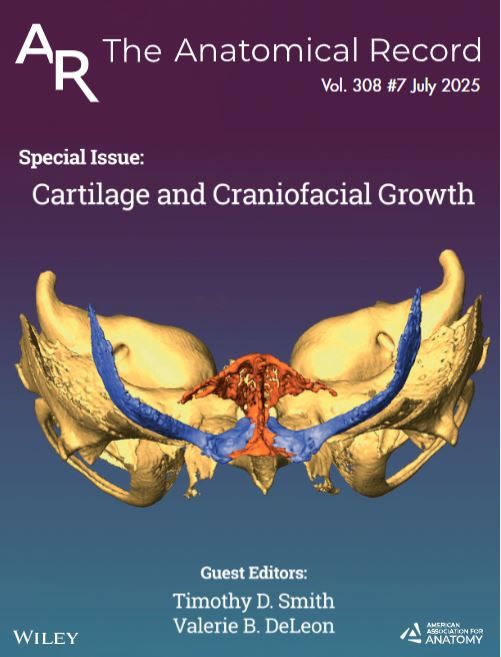

Growth characteristics of hyaline cartilage shape not just the neurocranium, but also the face. See new work by Baldwin in a special issue of The Anatomical Record out this month anatomypubs.onlinelibrary.wiley.com/doi/10.1002/ar…
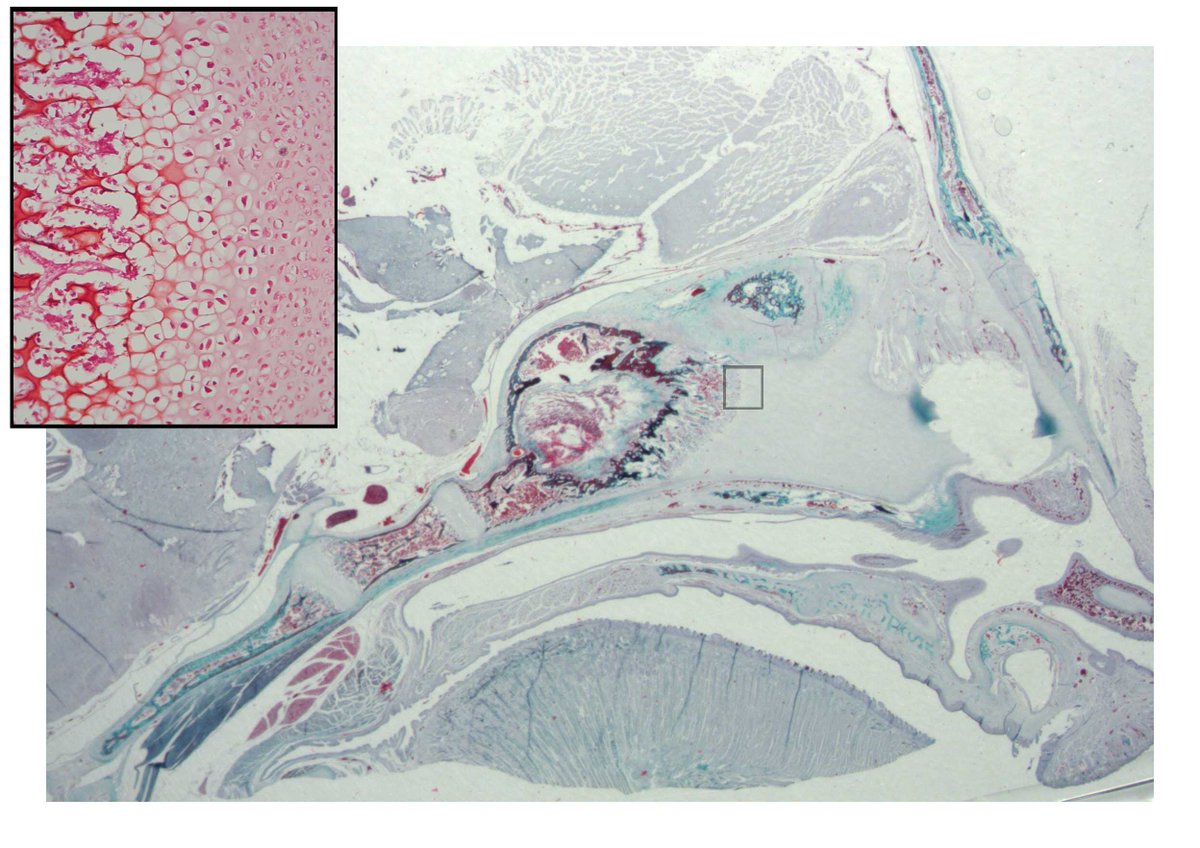

“New Paleontological Research in #Turtles and other #Vertebrates”: volumen homenaje a Emiliano Jiménez Fuentes editado por Adán Pérez García y Francisco Ortega en The Anatomical Record: ▶️ godzillin.blogspot.com/2025/06/new-pa… #Paleontology #Special #Issue
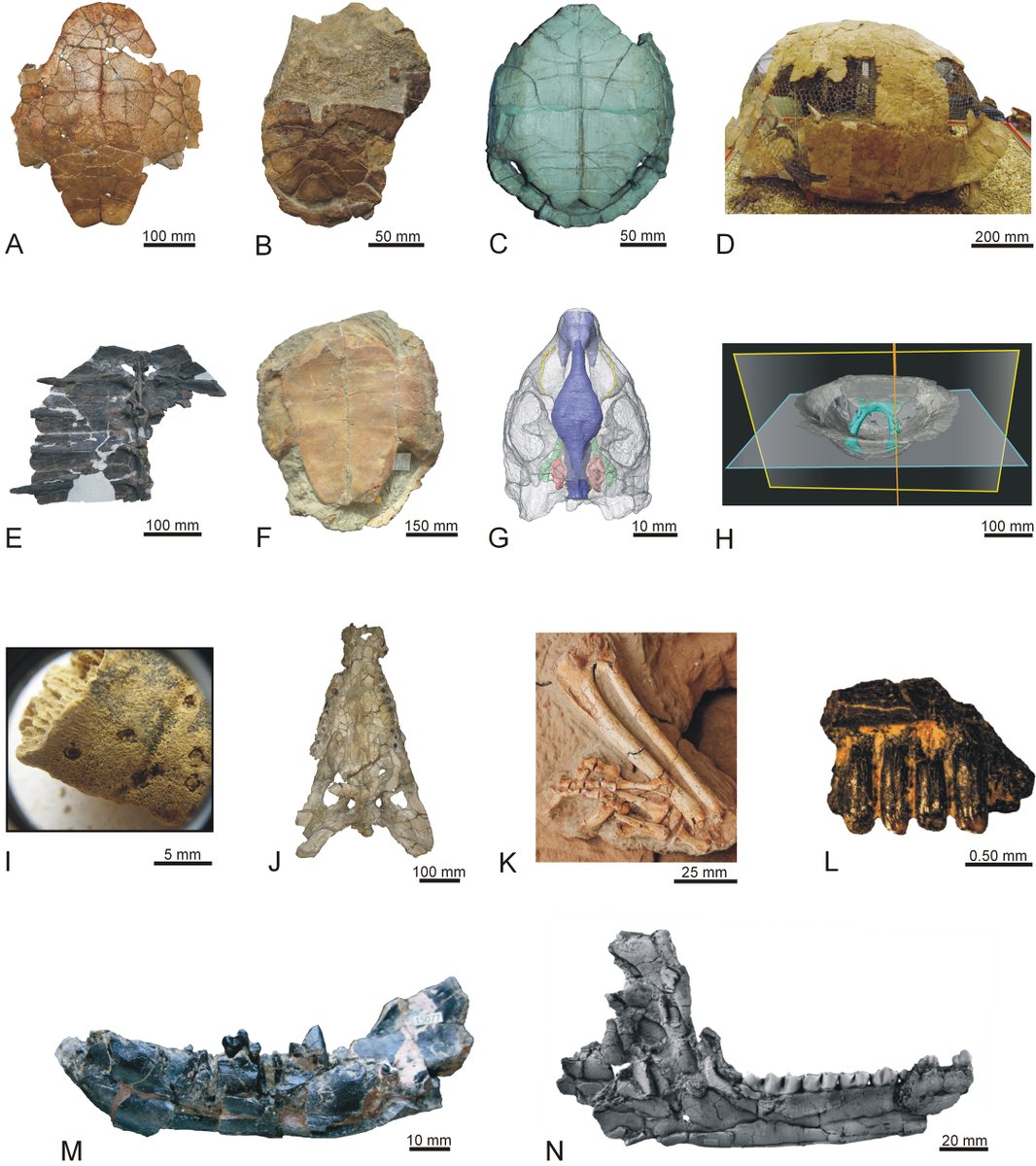

Caecilians are a little-known group of ~220 limbless, mostly tropical amphibians. Despite unique vertebrae and skull morphology, their postcranial anatomy remains poorly studied. Santos et al. offer detailed overview and propose unified terminology: anatomypubs.onlinelibrary.wiley.com/doi/10.1002/ar…
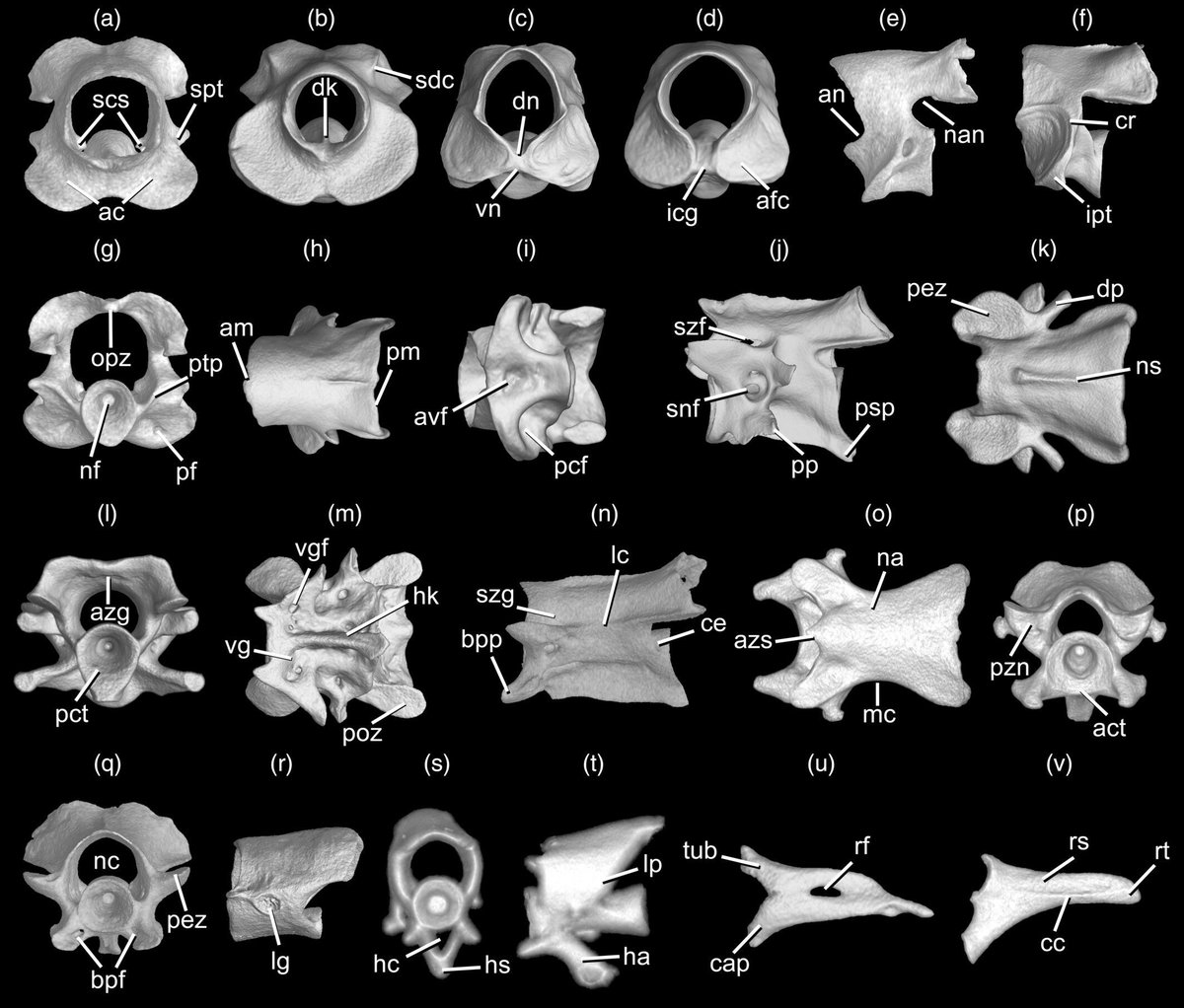

New hypothesis on a classic brain mystery: the lunate sulcus didn’t just shift backward in human evolution—it de-opercularized. In early Homo fossils from Dmanisi, we may be seeing this sulcus fragment and vanish as brain size grew. Dean Falk et al.: anatomypubs.onlinelibrary.wiley.com/doi/10.1002/ar…


Synapsid limb evolution reveals a complex journey toward upright posture. Analyzing 936 bones from 330 species, a new study uncovers mosaic shifts in humerus and femur proportions over 320+ million years—shedding light the rise of mammals Bishop & Pierce: anatomypubs.onlinelibrary.wiley.com/doi/10.1002/ar…
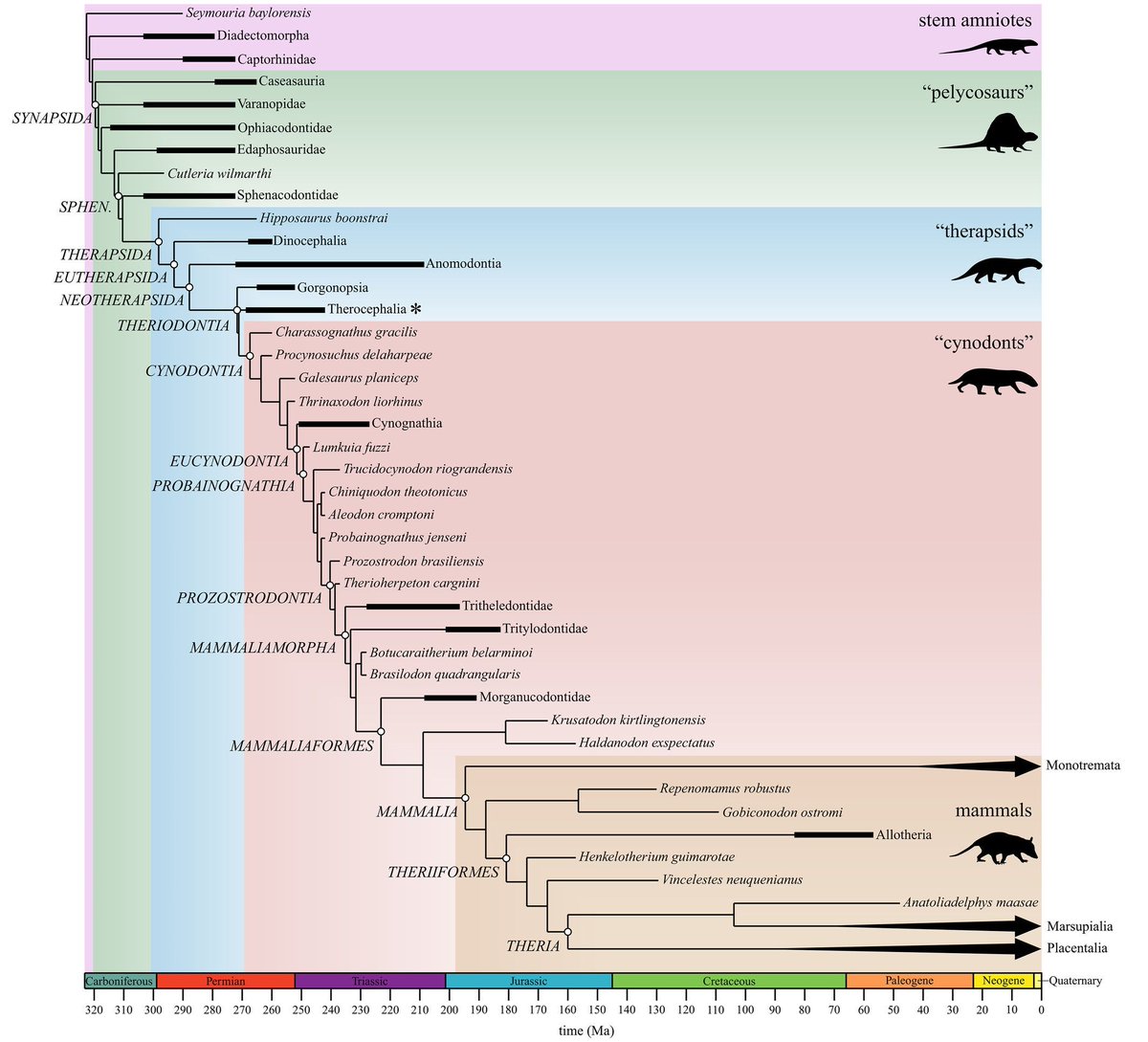

How does the nose adapt to life underground? Using microCT to study nasal turbinals in caviomorph rodents, a recent study found that arid-dwelling burrowers have more complex respiratory structures—suggesting water-saving adaptations. Belén Baldo et al.: anatomypubs.onlinelibrary.wiley.com/doi/10.1002/ar…
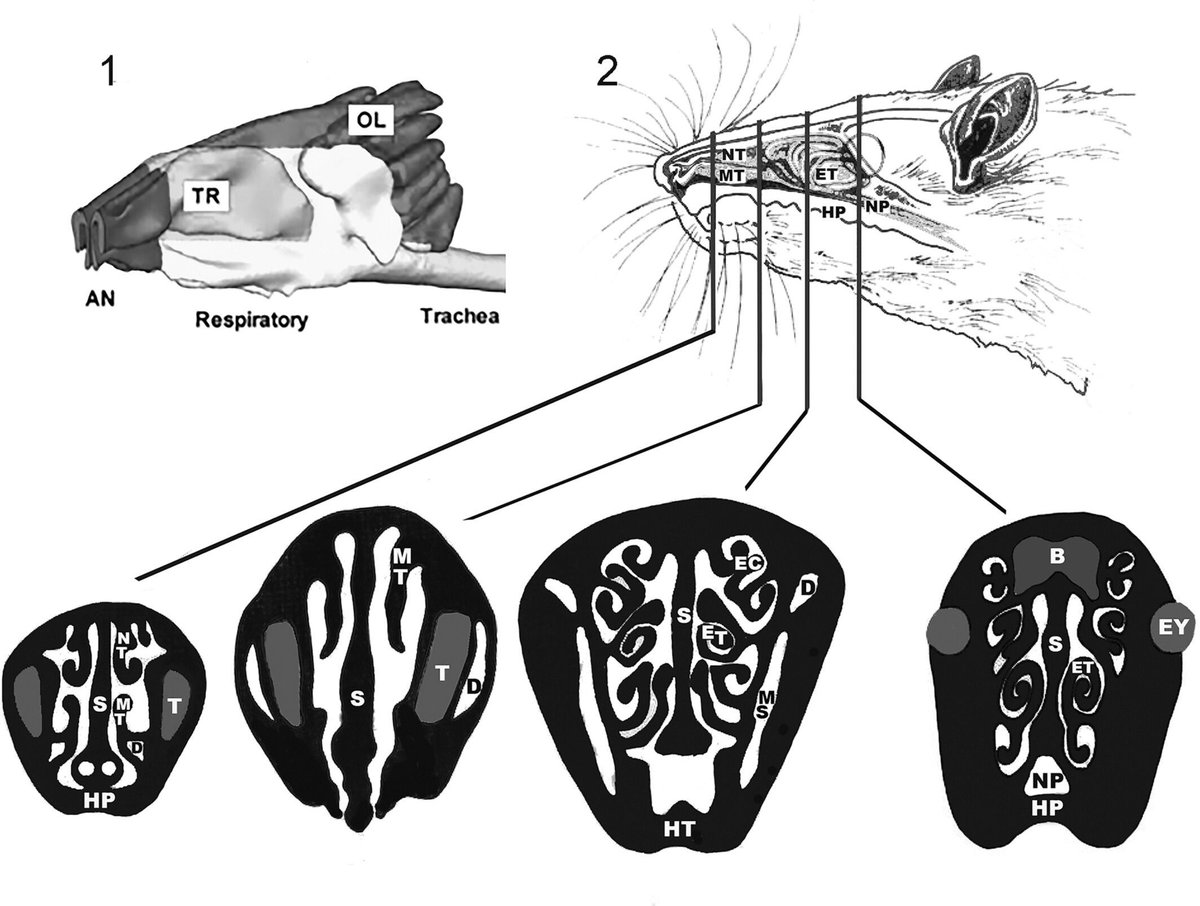


Our upcoming Special Issue explores anatomy, diversity & function of sabertooth creatures From giant fangs to lesser-known mysteries, it's a deep dive into morphology that captivates science & imagination. anatomypubs.onlinelibrary.wiley.com/doi/10.1002/ar… Reconstruction by A Hartstone-Rose. #FossilFriday
